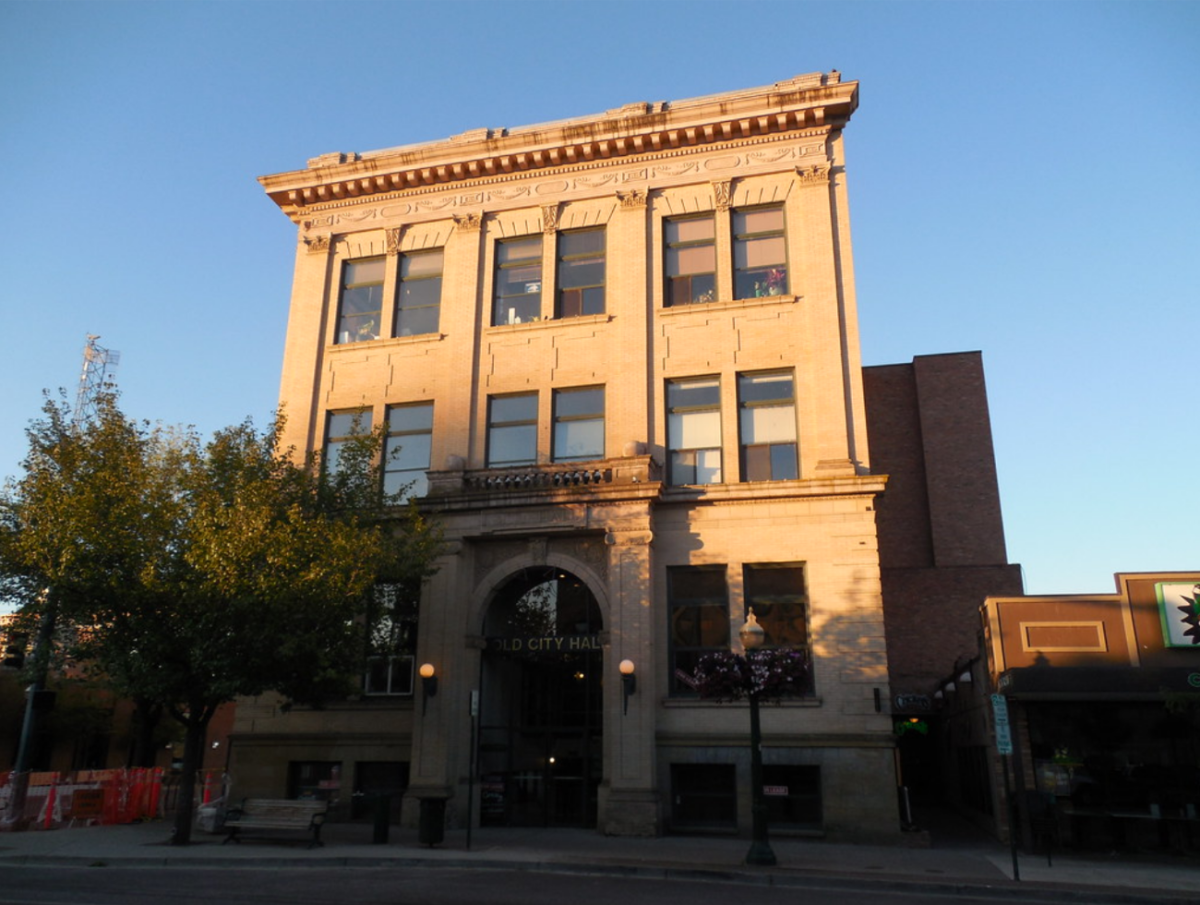In 1354, Sir Geoffroi de Charny, a knight to Lord Jean de Charny, presented a shroud to the church of Lirey, a cloth used to cover a dead body. This shroud was said to have covered Jesus Christ’s entombed body. It’s said in the Bible that Christ is the savior of the world, so this being the shroud that had covered him would be one of the greatest discoveries of the religious and scientific world. It has been passed down for many years and ended up in the Cathedral of St. John the Baptist in Turin, Italy, earning it the name “The Shroud of Turin.”
This fascinating object has become one of the most studied artifacts in history, with researchers wanting to know if it was the shroud of Jesus. The bishop of Troyes, Pierre d’Arcis, declared it a fake in 1389, but that didn’t stop people from checking. The first study in the 1980s used radiocarbon dating to conclude that it was a relic of medieval times between 1260 A.D. and 1390 A.D. Unfortunately, this was a flawed way of testing the age of the shroud because it was contaminated specifically for radiocarbon studies due to its variations in radiocarbon.
When historic age dating methods grew to a point where researchers could test it properly and get more accurate results, they used Wide-Angle X-ray Scattering and 3D Imagery. This method gave them a miraculous imprinted image of a man. However, this didn’t add up because it’s the only photo negative image of non-photosensitive substrate in the entire world. The only possible way this could have happened is if a huge burst of light and heat hit the shroud similar to a nuclear bomb.
That burst could’ve only lasted one fortieth of a billionth of a second, if any longer it would have scorched and crippled the shroud. There is no singular machine that can emit that much energy for that little time, drawing out a man, especially back then.
Even when discounting the burst, researchers looked toward evidence of suffering on the shroud that the man endured and noticed a correlation with what Christ went through at the end of his life similar to the man in the shroud.
Christ’s disciples Matthew, Luke, John, and Isaiah recount his time in Gethsemane, putting in himself the pain of all who have lived and will live, causing him to bleed from his pores according to verses 1 Peter 2:24 and Luke 22:44. While being prepared on the cross, the Romans put a crown of thorns upon his head and flagellated him. This is when they whip someone with a Roman scourge. This whip had many tails with razors at the end of them to guarantee gashes upon contact.
With researchers keeping the historical context of Christ’s suffering in mind, they looked for possible evidence for these events. They looked to see what would have happened to someone chemically once flagellated and found they would have very severe uremia. Uremia is a condition where there is an excess of urea in the blood that the kidneys were unable to filter out. A saturated solution of urea was found on the shroud, causing the blood cells to shrivel smaller than a micrometer. This also means whoever wore the shroud was having extreme difficulties breathing not unlike the symptoms of being crucified.

What could be seen on the shroud with close-up photos are patterns resembling blood marks from the crown of thorns, a spear wound to the chest, and blood from the iron nails lodged in his hands and feet. Christ is the best known person recorded in history to have undergone these exact torments.
To get an accurate age of the shroud and see if it corresponds with the time Christ lived, researchers compared it with other shrouds from two thousand years ago. This test dated the ancient linen threads by inspecting their structural degradation, and both gave results close to the same year, with the Shroud of Turin being from around 55 A.D., disproving every study using flawed radiocarbon dating.
Thanks to published documents by Manuela Vagini titled, “Heritage Studies” the public has been able to gain valuable information on research related to the man in the shroud and his potential connection to Christ.
These details about the man in the shroud don’t confirm any one religion, but instead show to the world what little is known about it. If scientists could figure out how that burst of energy was able to occur naturally, this would open up many possibilities on what could be done mechanically. This shows how far technology has come and how much it still has to go. By looking in the past, we can better know the future.





























